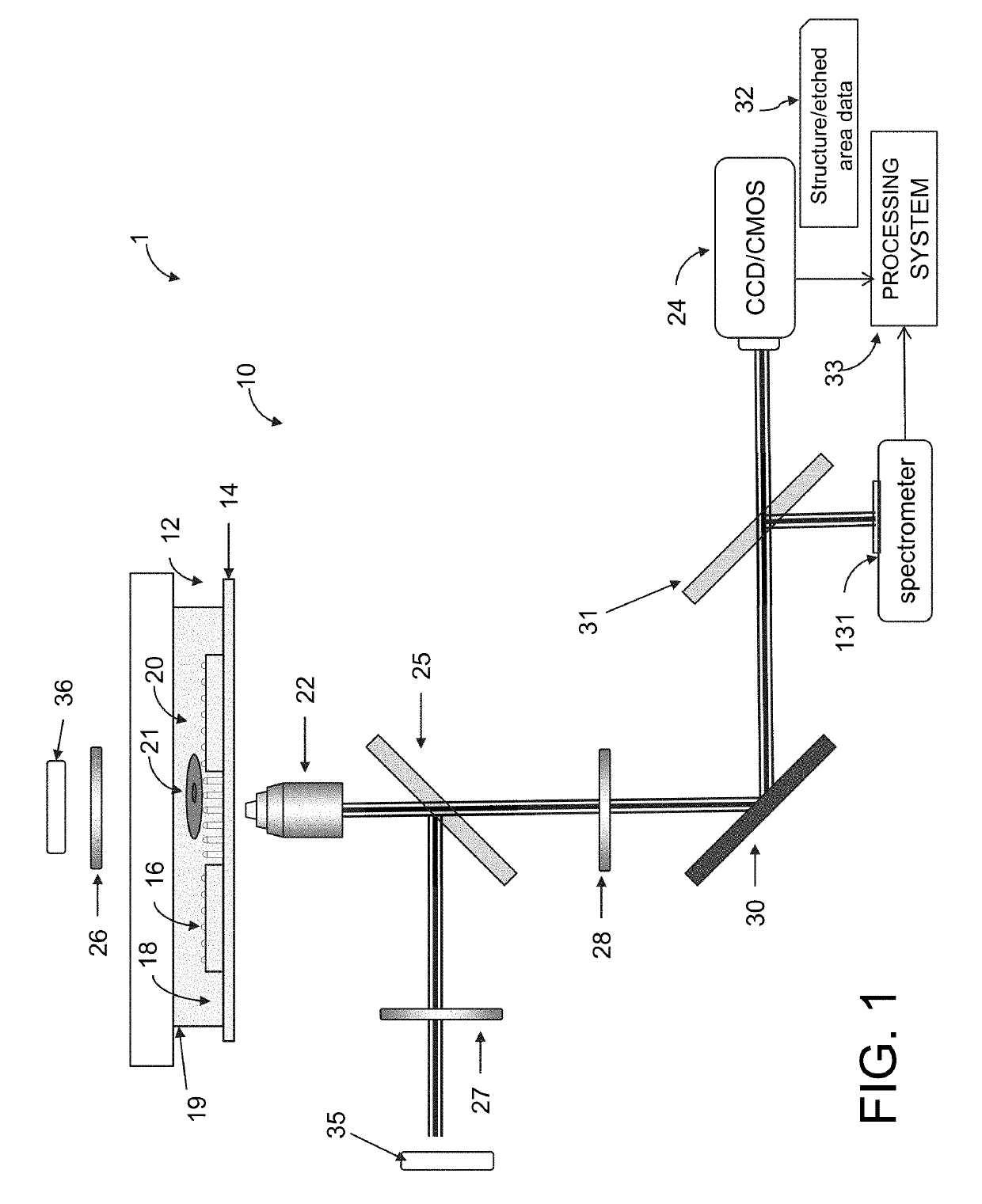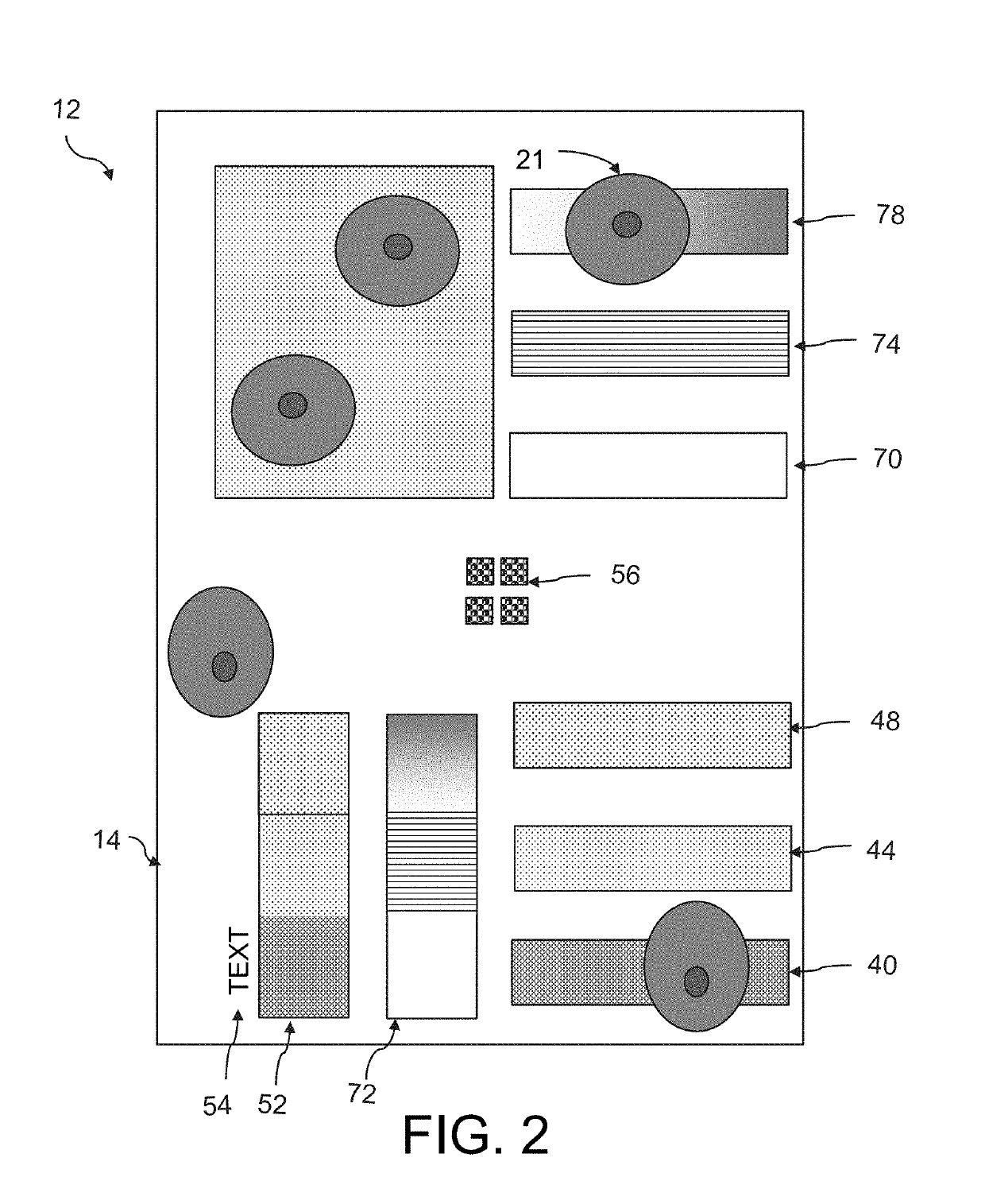Substrates with independently tunable topographies and chemistries for quantifiable surface-induced cell behavior
a topography and chemical technology, applied in the field of chemically modifiable structured surfaces, can solve the problems of lack of live cell data incorporating both topographical and chemical parameters, time-consuming and not routinely carried out control necessary to account for such variations, and achieve the effect of varying the surface roughness with nanometer precision
- Summary
- Abstract
- Description
- Claims
- Application Information
AI Technical Summary
Benefits of technology
Problems solved by technology
Method used
Image
Examples
examples
Fabrication of Multifunctional Chips
[0063]The substrates used for patterning the nanostructures and nanopillars were 25.4 mm diameter quartz coverslips with an average thickness of 170 μm. Substrate cleaning involved soaking in piranha acid (3:1 H2SO4: H2O2) for a minimum of 10 hrs and then washing with copious amounts of deionized, distilled water (DDW). Substrates were rinsed with acetone followed by IPA and baked on a hot plate to dehydrate the surface and promote resist adhesion.
[0064]FIG. 9A illustrates the nanostructure lithography steps. First, a 10 nm chromium thin film was deposited using a Temescal e-beam evaporator as a conducting underlayer. A bilayer process was used to facilitate lift-off. In this process, an undercut of the bottom layer was created to promote discontinuity of the deposited metal film. The copolymer used, MMA-EL6 (Microchem), is closely related to PMMA (Poly methyl methacrylate) and spins on with a thickness of 180 nm at 2,000 rpm. Next, PMMA A4 resist...
PUM
| Property | Measurement | Unit |
|---|---|---|
| height | aaaaa | aaaaa |
| diameter | aaaaa | aaaaa |
| diameter | aaaaa | aaaaa |
Abstract
Description
Claims
Application Information
 Login to View More
Login to View More - R&D
- Intellectual Property
- Life Sciences
- Materials
- Tech Scout
- Unparalleled Data Quality
- Higher Quality Content
- 60% Fewer Hallucinations
Browse by: Latest US Patents, China's latest patents, Technical Efficacy Thesaurus, Application Domain, Technology Topic, Popular Technical Reports.
© 2025 PatSnap. All rights reserved.Legal|Privacy policy|Modern Slavery Act Transparency Statement|Sitemap|About US| Contact US: help@patsnap.com



